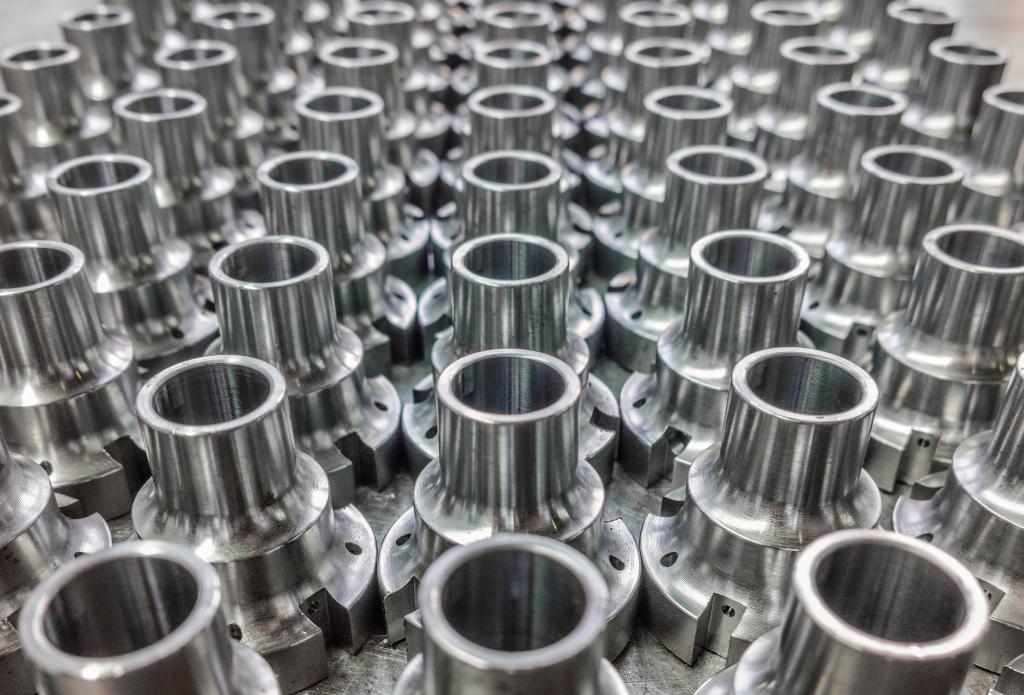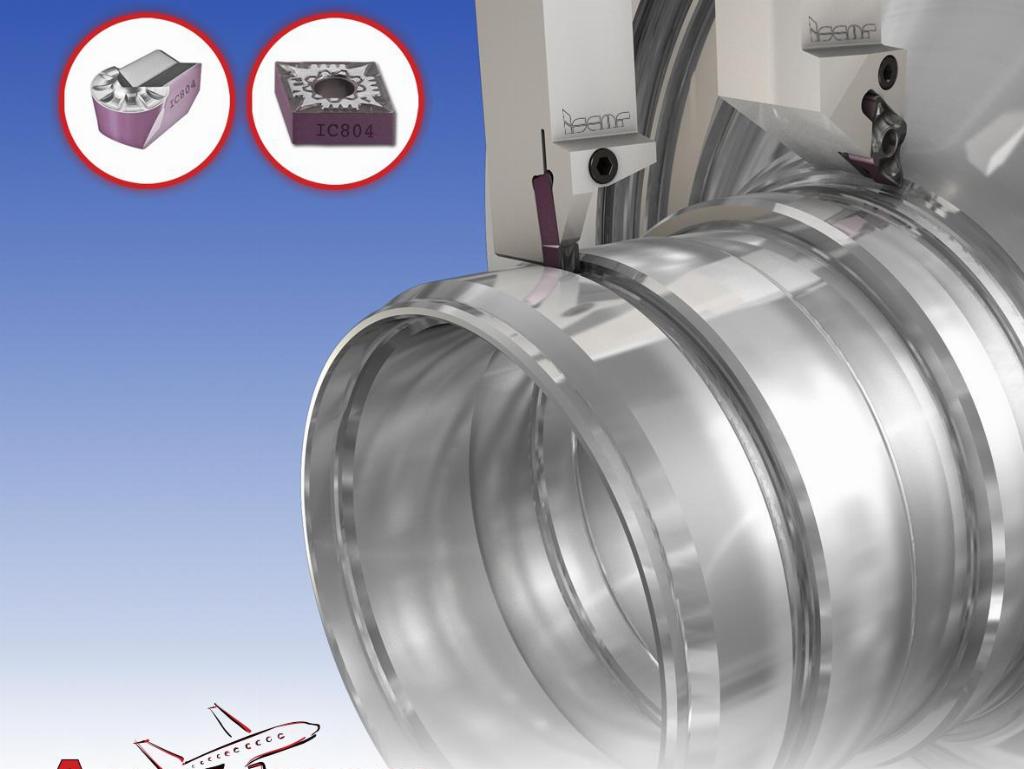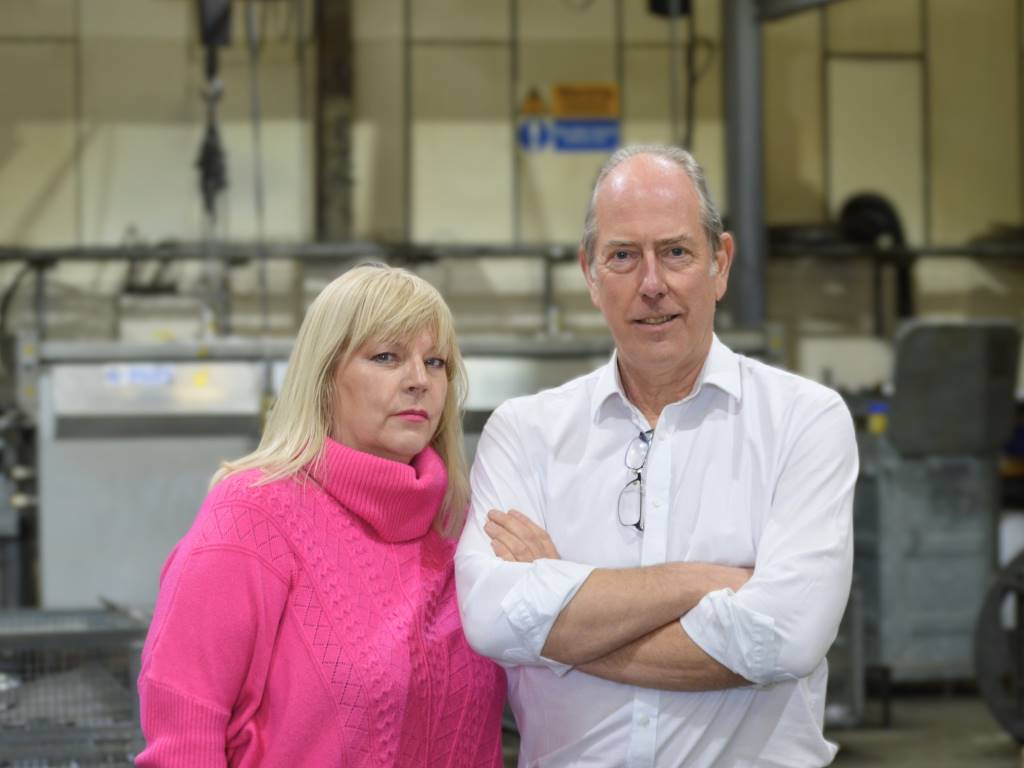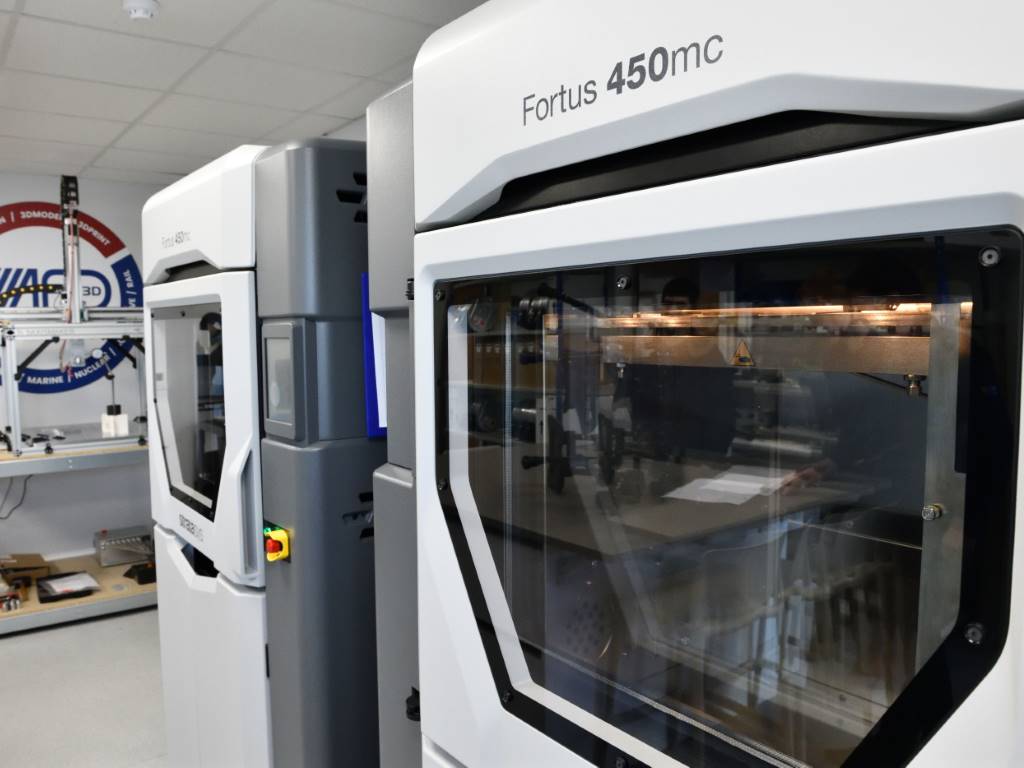Bringing down cost-per-part

In this time of COVID-19 manufacturers are under even more pressure to be competitive; including in mass production that involves tough steel components. In this article Rolf Olofsson, product manager at metalcutting tool specialist Sandvik Coromant, examines how an alternative approach to steel turning operations helps optimise the costs-per-part, and overall profitability.
A survey by the US National Association of Manufacturers (NAM) showed that 53% of manufacturers expect COVID-19 to impact their operations, so in these difficult times manufacturing economics crucially determines a company’s profitability.
With metalcutting, there should be two goals: firstly, maintaining the highest production output; secondly, the lowest production cost. Each goal should be appropriate for a manufacturer’s specific situation.
However, steel turning operations can experience bottlenecks, production slow-downs or restrictions in the number of components produced per run. And now, there are the wider industry challenges posed by COVID-19.

Manufacturers, particularly in mass production, are especially conscious of cost-per-part when managing their steel turning operations. The parameters of steel turning also depend very much on market demand.
Companies that manufacture automotive components, for instance, could face either high or low demand scenarios going forward. Low demand situations require tools that can produce more pieces per edge, while providing process security with fewer component rejections. High demand applications need tooling solutions that allow increased metal removal rates, reduced cycle times and increased machine utilisation with minimal production interruptions.
Whatever scenario they face, manufacturers should strive towards maximising their machining output which, according to Sandvik Coromant’s findings, can reduce component costs by 15%. To achieve this with maximised process security, the answer may lie in an alternative approach to tooling.
Longer tool life
Manufacturers measure production rates in various ways, one being the number of workpieces completed over a certain period of time, but several factors can stand in the way. The need for frequent insert changes, production interruptions, and not finding the right insert for each application or material, are all considered to be the biggest time-killers in modern production.
So how can manufacturers overcome these challenges while also working with tough workpieces made from aluminium, unalloyed steels and other workpiece materials? In such cases, the insert grade should be selected primarily for its suitability to the workpiece. This is a challenge because so many variables impact on cutting tool insert performance, so sourcing a single grade to accommodate the wide-ranging demands of P15 to P25 areas can be a thankless task.
Indeed, there are many prerequisites for any grade making such claims. Fracture resistance is paramount, as is a cutting edge capable of delivering the hardness needed to resist any plastic deformation induced by extreme temperatures in the cutting zone. Furthermore, the insert coating must be able to prevent flank wear, crater wear and edge build-up. Crucially, the coating must also adhere to the substrate. If the coating fails to stick, the substrate is exposed, and this can lead to rapid failure.
To avoid these outcomes it can be said that limiting continuous, controllable wear and eliminating discontinuous, often uncontrollable wear are the keys to success. In other words, predictable tool wear. Not that complete predictability is easy to achieve, especially given the current trend for machining with limited, or no, supervision.
In all instances, the optimum wear pattern for any insert is controlled flank wear as it results in predictable life of cutting edges. The ideal grade is one that limits the development of unwanted types of wear – and, in some operations, prevents it from developing at all.

To maximise the number of pieces produced, it is vital to select the right carbide insert – and this is why Sandvik Coromant will be launching a pair of new ISO P-turning carbide grades in its range, designated GC4415 and GC4425, which refer to P15 and P25 respectively. GC4425 delivers improved wear resistance, heat resistance and toughness, while grade GC4415 is designed to complement GC4425 when enhanced performance and more heat resistance is needed.
Both grades are ideal for use with low-alloyed and unalloyed steel. They can machine a larger number of pieces within a mass and batch production set-up and contribute towards extended tool life, eliminating sudden breakages and reducing reworking and scrap.
The GC4415 and GC4425 grades each contain the second generation Inveio technology, unidirectional crystal orientation in the alumina coating layer. What makes Inveio so exceptional can be seen by examining the material at a microscopic level: the material’s surface is characterised by a unidirectional crystal orientation. Every crystal in the alumina coating is lined-up in the same direction, which creates a strong barrier towards the cutting zone. The crystal orientation has been improved substantially within the second-generation Inveio coating.
Inveio provides the insert with high wear resistance and longer tool life. Longer lasting tools are, of course, favourable for reducing cost-per-part.
Better geometry
Geometry refers to the style of the insert itself, which is designed according to the types of machining: finishing, medium and roughing. Each has its own implications with regards to cutting speed – its own working area, based on acceptable chip breaking in relation to the feed rate and depth of cut.
To help customers choose the best turning inserts and grades for their requirements, Sandvik Coromant has made it possible to do so online with the CoroPlus Tool Guide.
In turning, the three main cutting parameters of speed, feed, and depth of cut have a significant effect on tool life and therefore on cost-per-part; considering that a 20% increase in cutting data can decrease the cost of a component by 10%. A model by an American mechanical engineer, Frederick Winslow Taylor, developed at the beginning of the 20th century, concluded that utilising the largest depth of cut possible reduces the number of cutting passes required and thereby reduces machining time.
But he also advised that optimised steel turning depends on the stability of the clamp on which the tool is mounted, the fixturing of the workpiece and application of coolant, and the power of the machine tool.
Holistic approach
Taylor’s model shows us that manufacturers should consider the whole tooling concept. Everything from the insert grade, clamp design and toolholder can increase output, reduce costs and deliver higher levels of process security.

This approach was tested by a customer in the general engineering segment, using Sandvik Coromant’s GC4425 carbide insert to manufacture a track shaft. GC4425 is designed for improved wear resistance, heat resistance and toughness. In addition, it has the ability to run at higher cutting data. The insert was used on a 4140 pre-heat treated (PHT) steel, a chromium-molybdenum alloy steel with a hardness of 40 HRC (or Hardness Rockwell C).
The 4140 PHT workpiece was subjected to multi-directional, external roughing. For the test, the performance of GC4425 was compared with a competitor’s ISO-insert used for the same process.
Crucially, we were able to increase the cutting speed (vc) and multiply the feed rate (fn): vc = 183m/minute (600ft/minute) and fn = 0.33mm/revolution (0.013in/revolution) with the competitor’s insert, versus 244m/minute (800ft/minute) vc and 0.51mm/revolution (0.02in/revolution) fn with GC4425.
In the end, Sandvik Coromant’s insert allowed a 100% productivity increase with a reduced cycle time of 50%. Overall, the customer achieved a 30% cost reduction.
By considering the whole tooling concept, manufacturers can achieve more profitable production and a lower cost-per-part. This holistic approach to insert grades, geometry and overall manufacturing economics will be vital if manufacturers are to stay competitive against the continuing impact of the COVID-19 pandemic.
Sandvik Coromant www.sandvik.coromant.com














